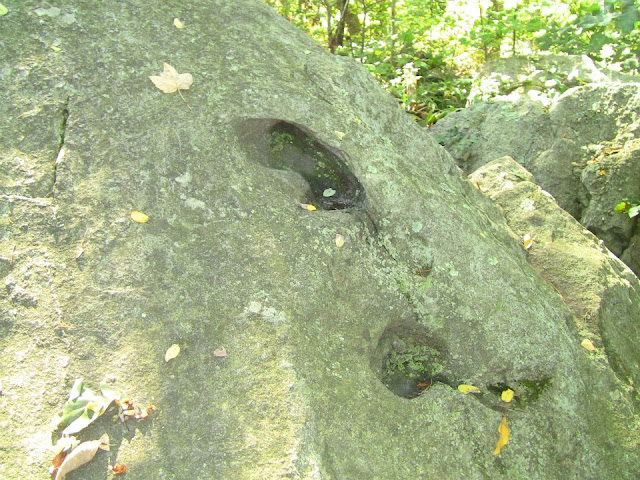Sachem Rock Farm: Monumental History, Murder & War

Not only is Sachem Rock Farm--owned by the town of East Bridgewater and the site of the East Bridgewater Senior Center-- the precise spot where first inland Native American land sale in the United States was made, it is also the site of the of one of the nine homes in East Bridgewater to burned to the ground by King Philip’s warriors in King Philip's War. It’s no surprise the Latham farm was first to be attacked. With this house, it was personal. Robert Latham’s wife, Susanna was a Winslow--a name that was almost royalty in the colony. Susanna’s mother was the famous Mary Chilton, the first woman to step on American soil off of the Mayflower. Her father was John Winslow, the brother of the esteemed Governor Edward Winslow. But more importantly…her other uncle was General Josias Winslow of The Plymouth Colony Militia, the captor and suspected murderer of Alexander, King Philip’s elder brother. Robert Latham was a well respected man, even serving as town constable at the time of ...







